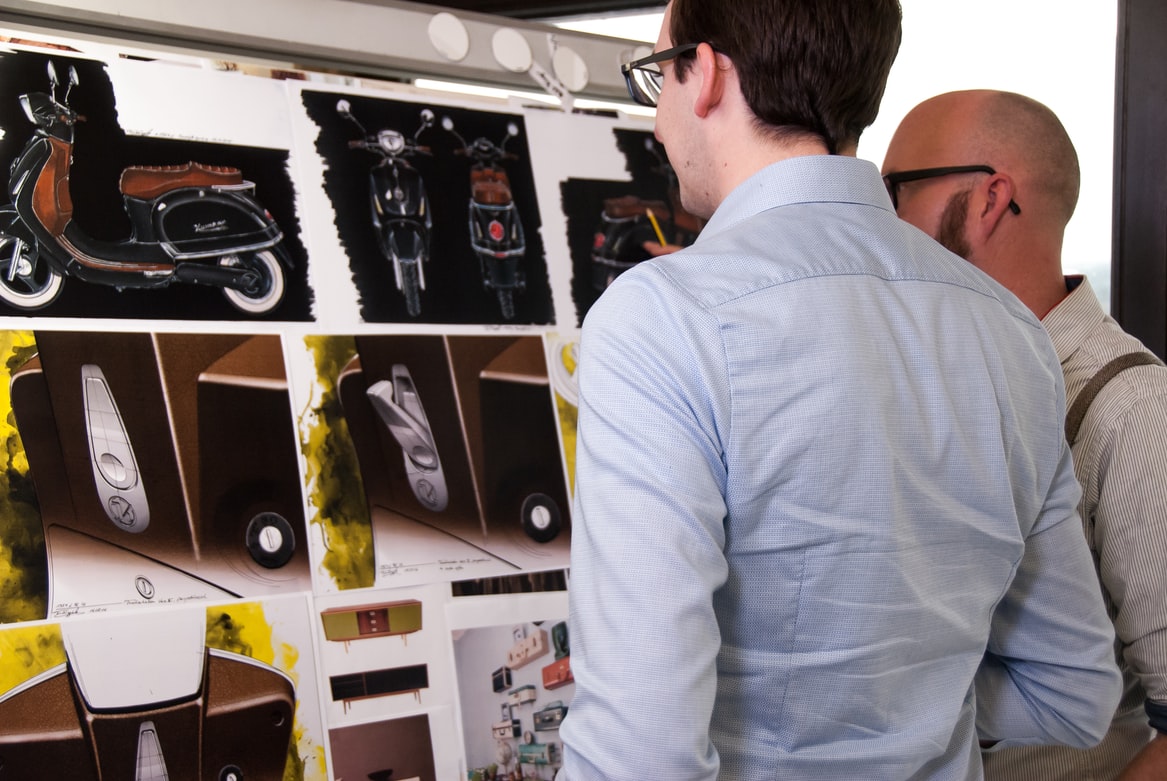5 Product Design Tips to Make Client be Attracted to Your Work
Nov 09, 2021 19:01

The creation of new products is similar to the creation of art. Imagination and vision combine to create something fresh, appealing, and daring. However, product designers face different obstacles than artists. Product designers must design with the end-user in mind. Your creations must be functional. They must be allowed into customers' homes, where they will be placed on the washbasin or in the kitchen cabinet rather than being hung on the wall.
It's difficult to design a product. Although most individuals aren't product designers, the designer must consider their demands. This is no easy feat, given that many people are unaware of their requirements!
While the roles of the designer and the artist are distinct, product design is still a form of art that necessitates ability, commitment, and intuition. When it comes to determining what constitutes a fantastic design that clients love, the following product design tips can help.
1. It Must Serve a Purpose

Although it may seem self-evident, it is critical to remember. It suffices to say that the item itself has to be helpful; else, calling it a product would be redundant. The most important consideration will always be utilized. However, usefulness isn't limited to the product itself. You need to apply the utility demand to every part of the design.
Every element of the design should have a specific function. There has to be a reason for it. If there's not, you must strongly examine whether that aspect should even be added to the design. This is due, in part, to the reality that you are not creating for yourself as a designer. You're making things for other people. Any part of your design that isn't immediately useful is just another thing that could obstruct or detract from the product's customer experience.
For instance, if your goal is to create a new design of packaging for a brand, you want to ensure that your outcome is outstanding to the market and your rivals, just like Logospack's cosmetic packaging sachet.
2. Features Come Second to Functionality

Now we're going to go much deeper. Even if a design feature is useful, it might nevertheless get in the way. The urge to incorporate too much is always present for creative people, whether they are designers, artists, composers, or poets. There are much too many elements, comments, colours, and words. It's sometimes simpler to add elements than to remove them.
You must prioritize function over elements as a product designer. It's easy for an excellent product to become clogged up with too many features. As a designer, you may be ecstatic at how adaptable your work is. Individuals, on the other hand, don't always want a brilliant device; they just want elements that work. The more elements a product has, the less straightforward and simple it is. A screwdriver is at times preferable to a Swiss army knife.
3. Maintain Your Concentration

The goal is for your item to become well-known so that it can be purchased. That implies it will have to operate in a very saturated market. It's quite rare for a product to be a jack of all trades and prosper. To capture a market niche, you should focus on a particular customer need and provide the best way for consumers to meet that need.
This means that you need to be at your best performance while working on your product. This means that you need to have adequate sleep, eat healthily and stay hydrated so that your brain can function well.
Moreover, engaging in physical exercises will do you good. Simply get the right outfits for your exercises and give your brain a boost in activity.
4. Resolve Real-Life Issues

Every famous product became popular as a result of its ability to tackle an actual problem. If your product doesn't solve a problem, it becomes a work of art – one that is unlikely to be accepted by any galleries. The issue must be an existing one, and it must match a need that has already been identified.
It's far more difficult to persuade someone that they have an issue they didn't realize they possessed than it is to provide a solution for issues they already know about. Marketing professionals and designers will occasionally try to position things that don’t truly concern as problems, but it will be difficult to achieve traction with customers except if they concur on what the actual problems are.
5. It's Important to Pay Attention to Details

Small things do make a difference. While fit, shape, and polish may not instantly stand out to some, the combined impact of several flaws can make an enormous difference in the world. In this day of large scale production and cost-friendly disposable goods, executing the details right may really wow customers. Respect each and every element of your brand. Customers will recognize if you have a keen eye for detail.
The Bottom Line
While being a great product designer may prove difficult at first, it is quite easy to get the hang of everything as you go along. Be committed to the cause and learn to test your product before the actual release. 3D printing comes in handy with this.







































































